On entering Kenya we headed for Kisumu a mid-size town on Lake Victoria where we planned to spend our first night. The potholed road was in need of repair. We saw what liked someone busy filling these in however on closer inspection it appeared as if his job was simply to paint yellow lines around the potholes, I guess for the road repair crew to follow-up
Enlarge
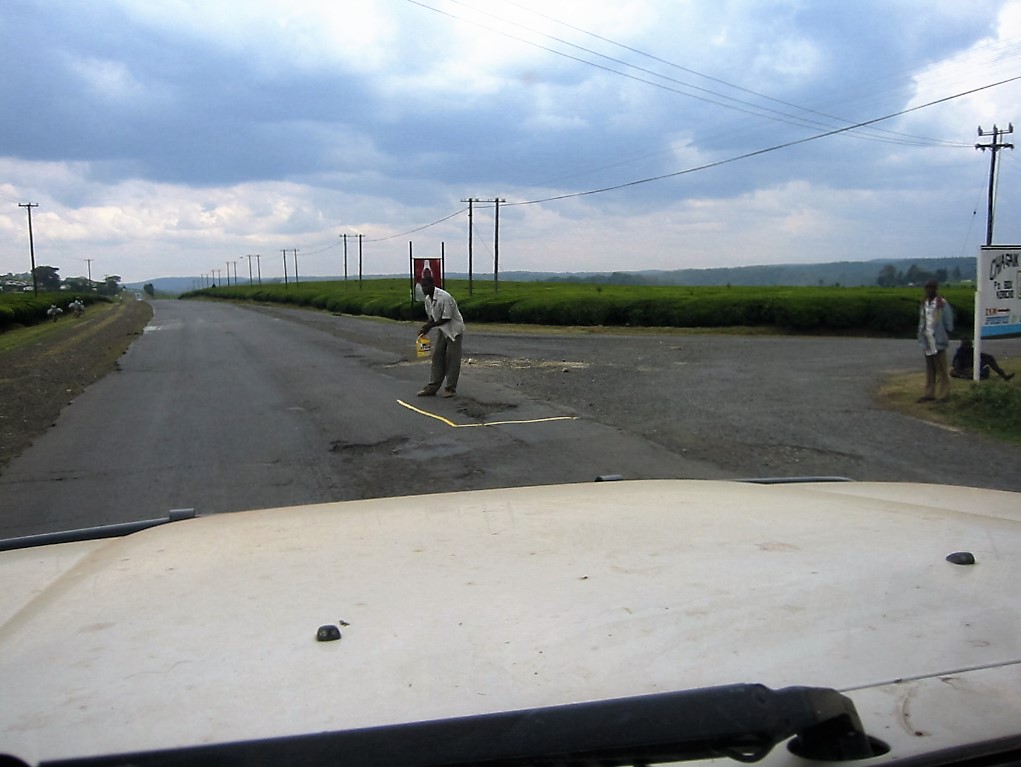
Adventurouspirits
They were less efficient than he was however.
Enlarge
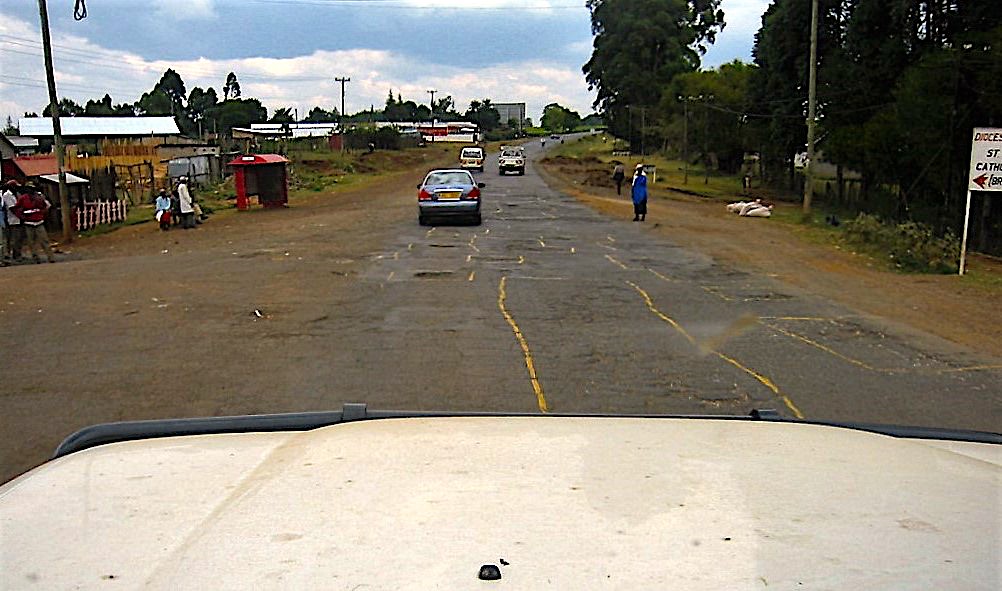
Adventurouspirits
Lake Nakuru National Park, situated in the Rift Valley, is renown both as a sanctuary for black rhinos and for million flamingoes. The brackish water (called a soda lake) of the lake is an attraction to the flamingoes, which reside here when there is water in the lake. We were treated to a captivating landscape of a blue lake, home to white pelicans, pink flamingoes, buffaloes, and antelope grazing on the green shoreline. It doesn’t get much better.
Enlarge
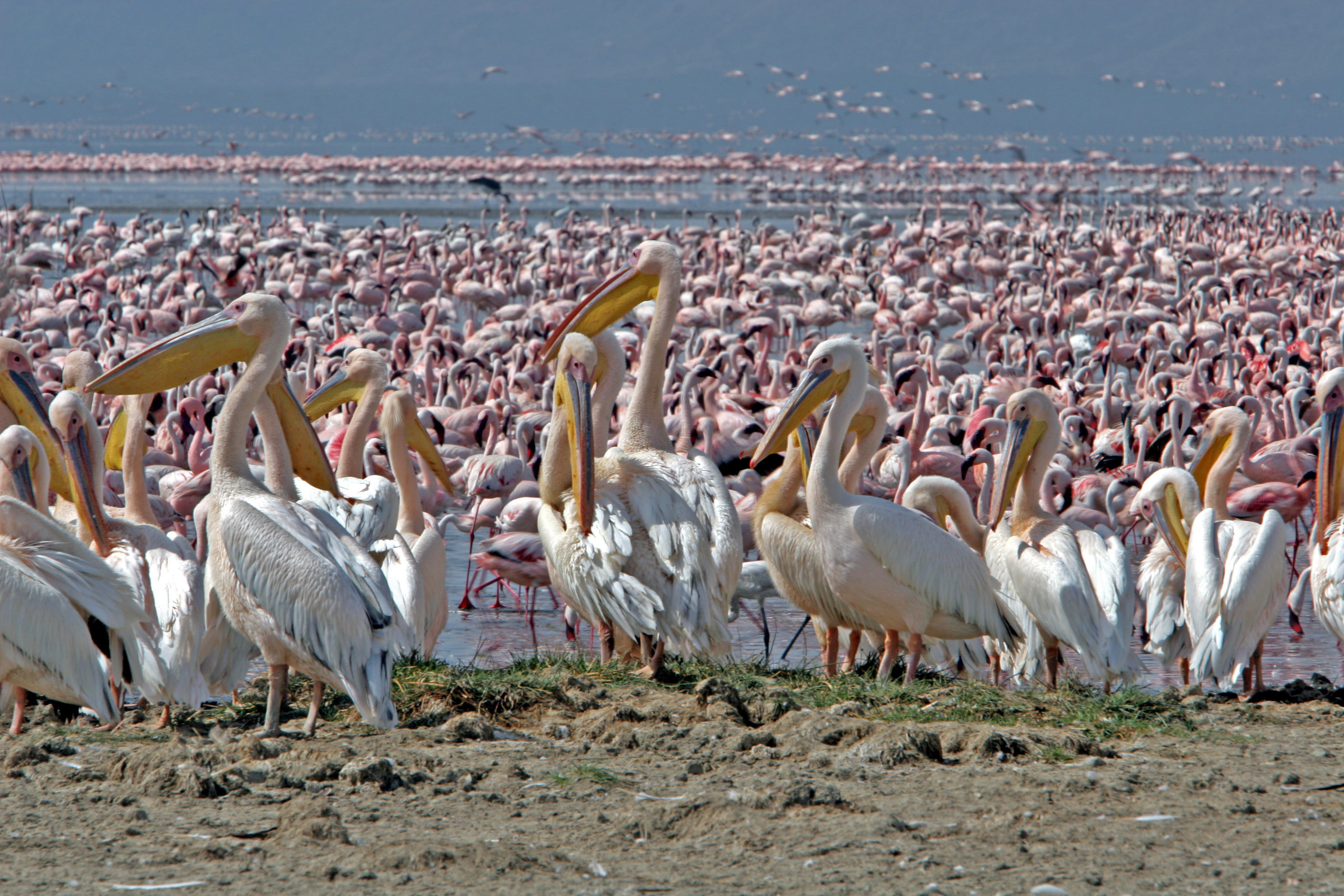
Adventurouspirits
Enlarge
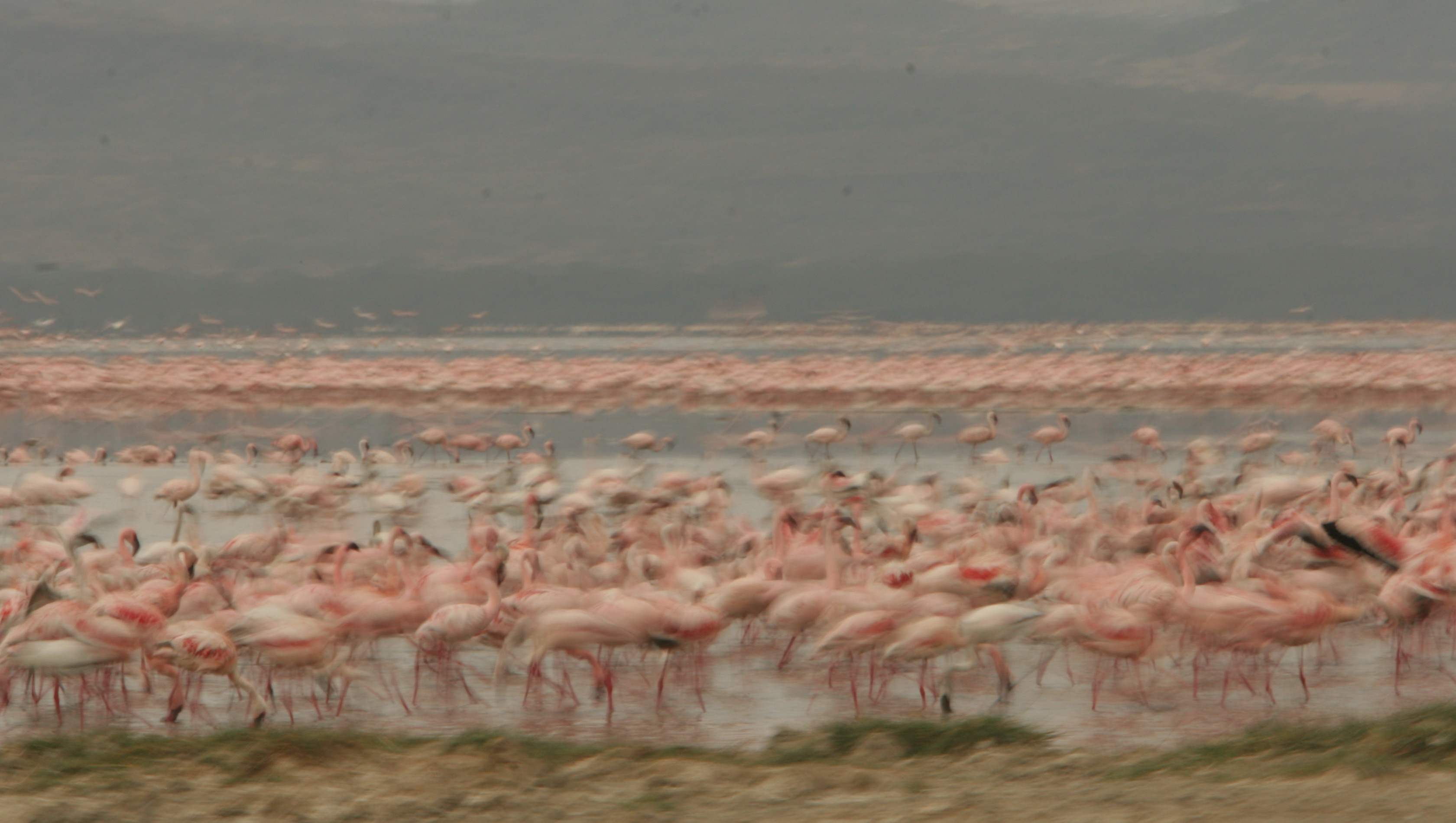
Adventurouspirits
Coming around a bend we almost run into an agitated Rhino crossing the road. He has a bleeding would so probably has recently been in a battle.
Enlarge

Adventurouspirits
No matter how many game parks we have visited we never tire of the magic of being so close to nature and encountering the wildlife. That night we slept under the stars in an unfenced campsite, listening to the strange and wondrous sound that Mother Nature offers up when one gets a chance to visit on her terms.
In Nairobi we camp at Jungle junction. This campsite is run by an ex- professional Overland truck driver who decided to make Nairobi his home. It is a place where we plan to make repairs, plan and organize before tackling the North African leg of our journey to Cairo. Life on the road is full of the mundane as well as the exciting.
Enlarge
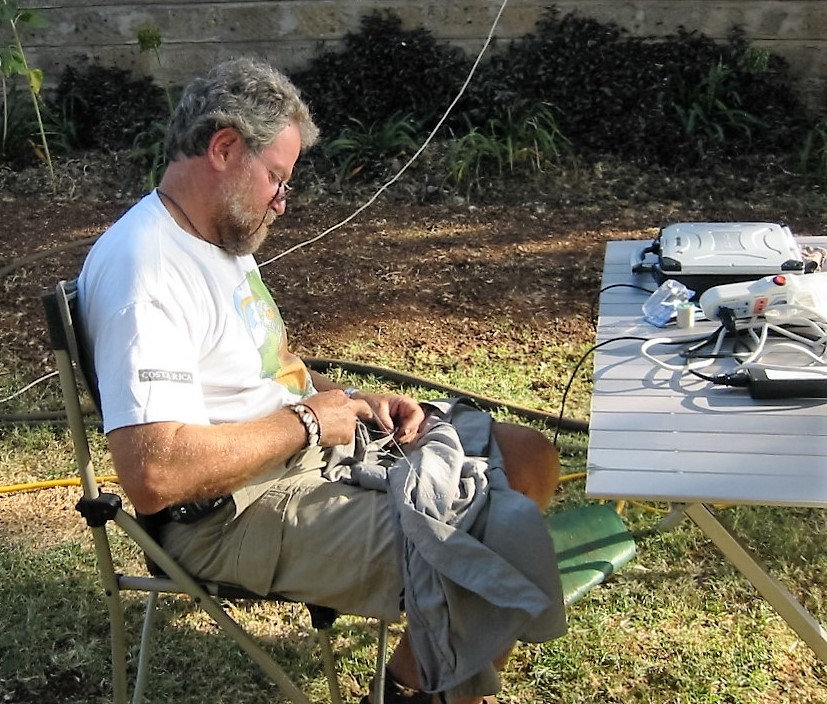
Adventurouspirits
Enlarge

Adventurouspirits
Enlarge

Adventurouspirits
Nairobi is a vibrant modern city but we are drawn to its famous animal highlights. First is the Giraffe Centre where one can come face to face with a creature which is normally impossible to do.
Enlarge

Adventurouspirits
Elephants are my favourite wild animal so a trip to David Sheldrick Elephant Orphanage was on the top of my to-visit list while in Nairobi.
Enlarge

Adventurouspirits
The little group of eight elephant orphans, the youngest only 5months, squealed with delight, and with their trunks waving in the air they ran towards their bottles of milk. The smallest elephants had to have their trunks supported by large blanket bundles, as they are yet unable to support their trunk. The bundle acts like its mother’s body, on which the baby rests its trunk while drinking in the wild.
Enlarge
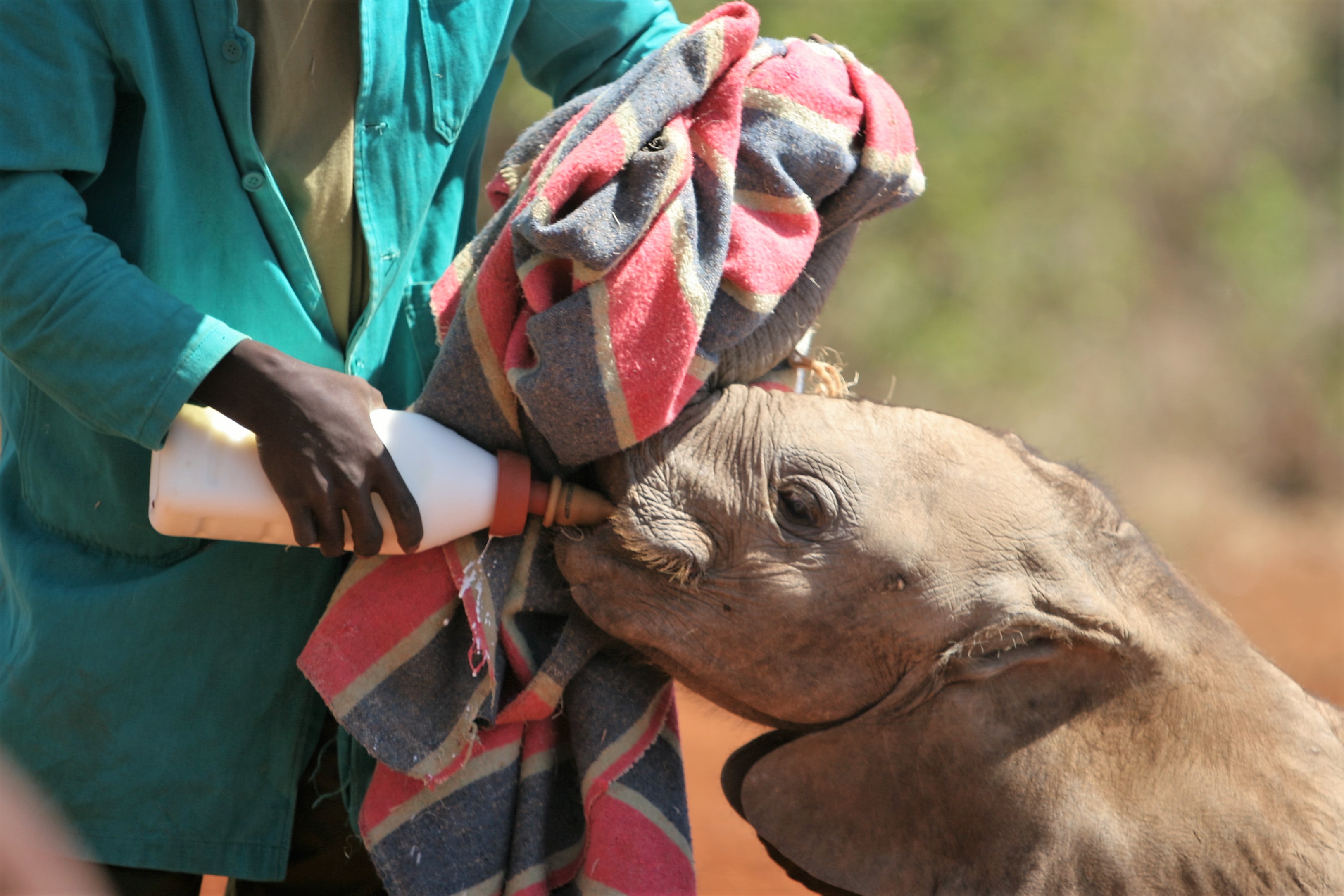
Adventurouspirits
The orphans are fed on demand about every “three hours” both day and night. Their keeper sleeps with the elephant, and when the elephant needs to feed it wakes its keeper up for its bottle. The keeper’s primary role is to “mother” the orphan and teach it what it needs to know before it can be reintegrated into the wild. The orphans are returned to the wild at about 2 years of age. As elephants are a social and loving animal, a wild elephant herd will easily adopt and take care of any young elephant that comes to them. The keepers slowly introduce the young elephant to the wild herd in a game park. It depends somewhat on the personality of the young elephant as to how quickly they adjust to their new family. Outgoing and gregarious the youngsters quickly adjust to their new family while the timid ones may need more encouragement from their keeper. With full tummies, it was time for the elephants to learn how to roll and play in the mud. Put together eight little elephants, water and mud pools, a large inflated inner tube and eight keepers with buckets and I forgot about the seriousness of the play and simply enjoyed the interaction of man and animal at its best. The elephants can only be visited from 1100-1200, as the days are spent with the keepers who walk and care for the elephant in the bush amongst the other wild animals. To be an elephant orphan keeper requires dedication and hard work, yet it surely must be one of the most rewarding jobs in the world. What I would not give but to be an elephant keeper .
You can visit the David Sheldrick Orphan Elephant website and learn about each one of the orphans we met and better still, you can sponsor one. It was time to leave Nairobi and head to Ethiopia. The road north wound around the impressive Mt Kenya, which changed shades as the day advanced.
Enlarge
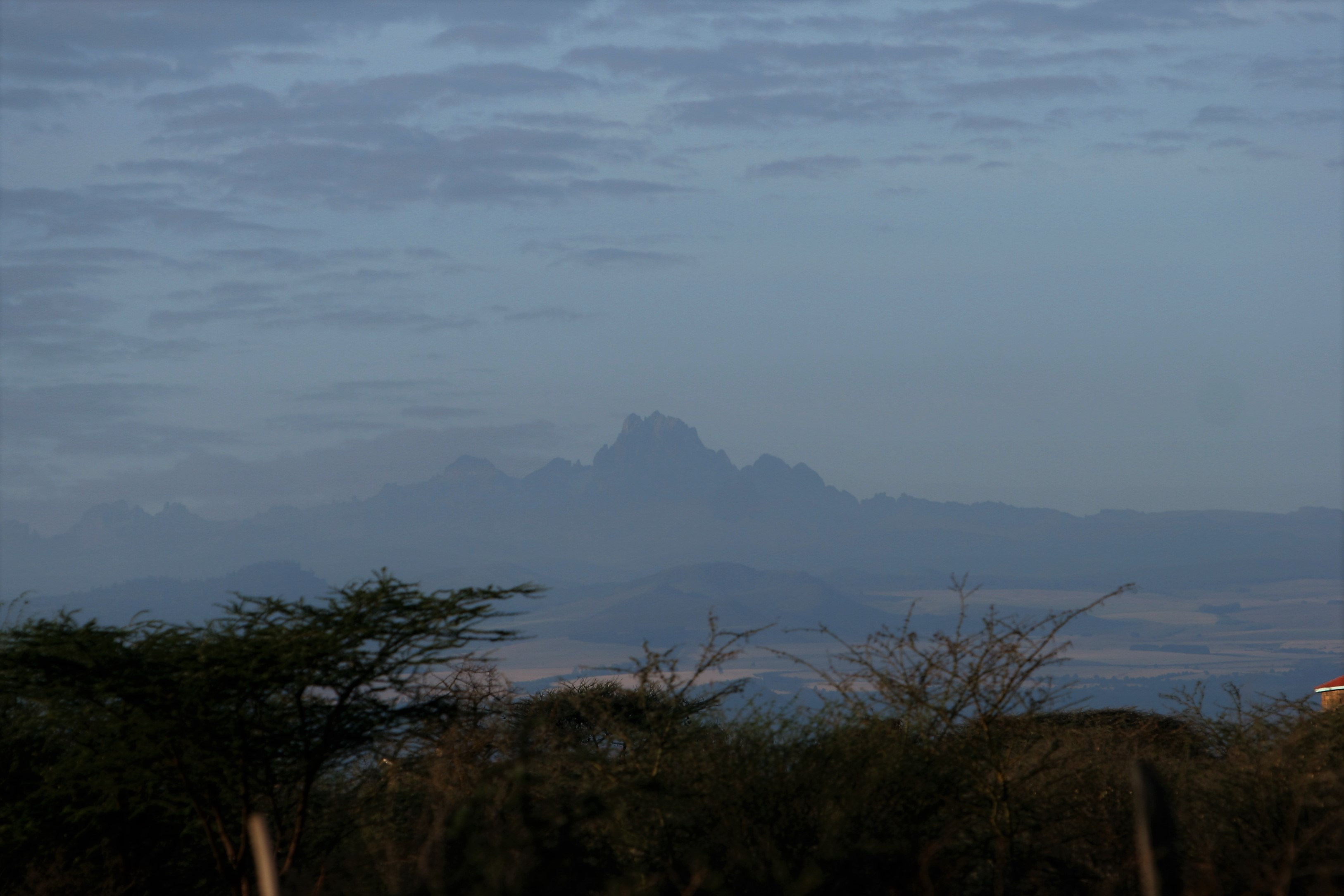
Advenbturouspirits
We seldom ate meat since refrigeration was in short supply. Fresh meat was always available if you were prepared eat local.
Enlarge

Adventurouspirits
The trees we stopped under to rest were full of the striking Colobus Monkeys, whom were as curious about us as we were about them.
Enlarge
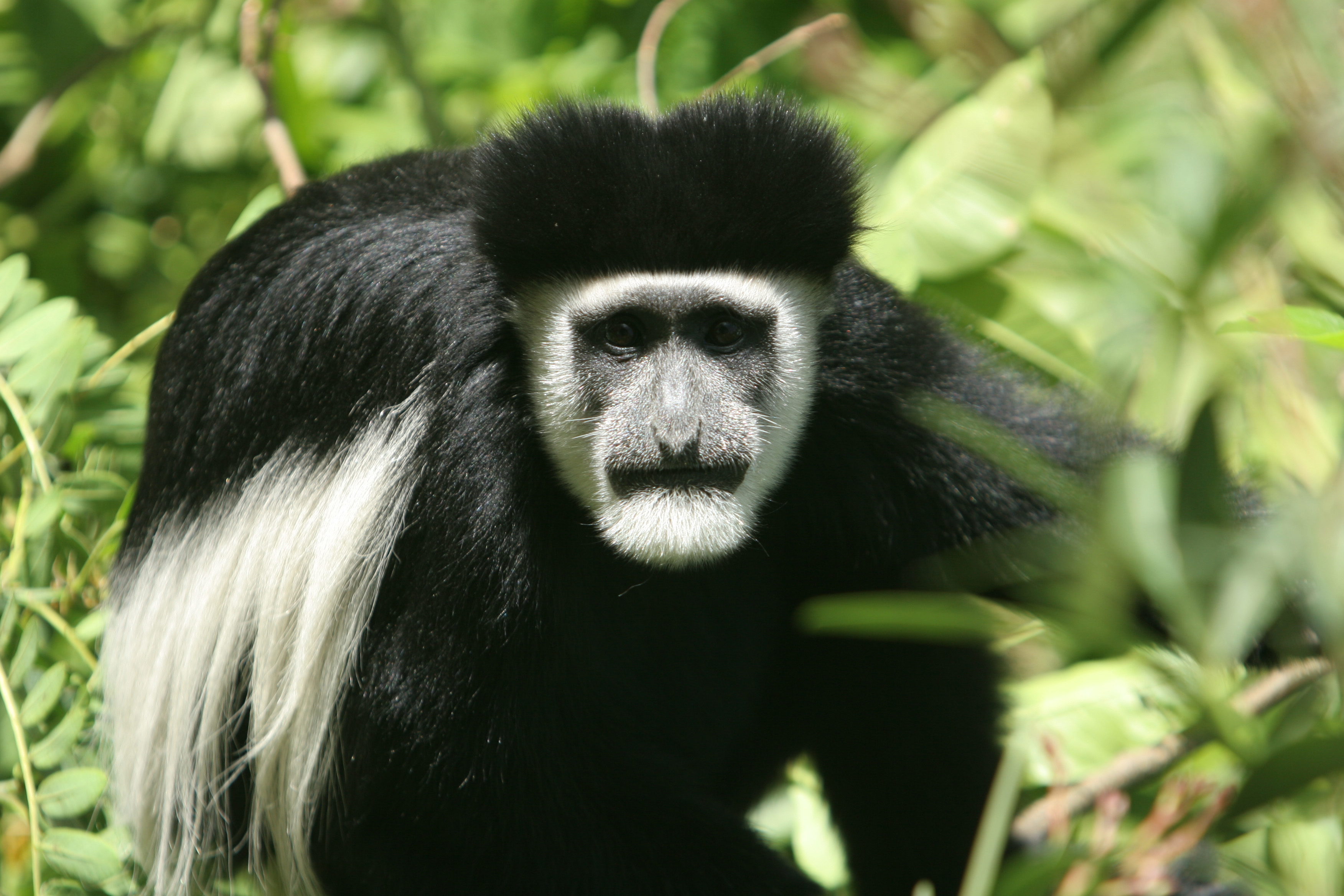
Adventurouspirits
Our planning had indicated that to reach the Ethiopian border town we had to take on the notorious Isiola road. Reputed to be the most dangerous road in Africa at that time, it was recommended that an armed escort was necessary for protection. There was a high probability that we could get caught up one of in the many random but potentially deadly skirmishes between various ethic groups and refugees trying to eke out a living from the harsh desert environment. No convoy or fellow travellers was going that way so we had to tackle it on our own.
Enlarge

Adventurouspirits
Enlarge

Adventurouspirits
Despite being warned not to stop under any circumstances we decide to assist this stranded motorist, who flagged us down. It was plus 40deg we could not just drive by. After a few attempts his ancient Land Rover sputtered, started and after thanking us we both went on our way. We felt good about making the right decision.
Enlarge
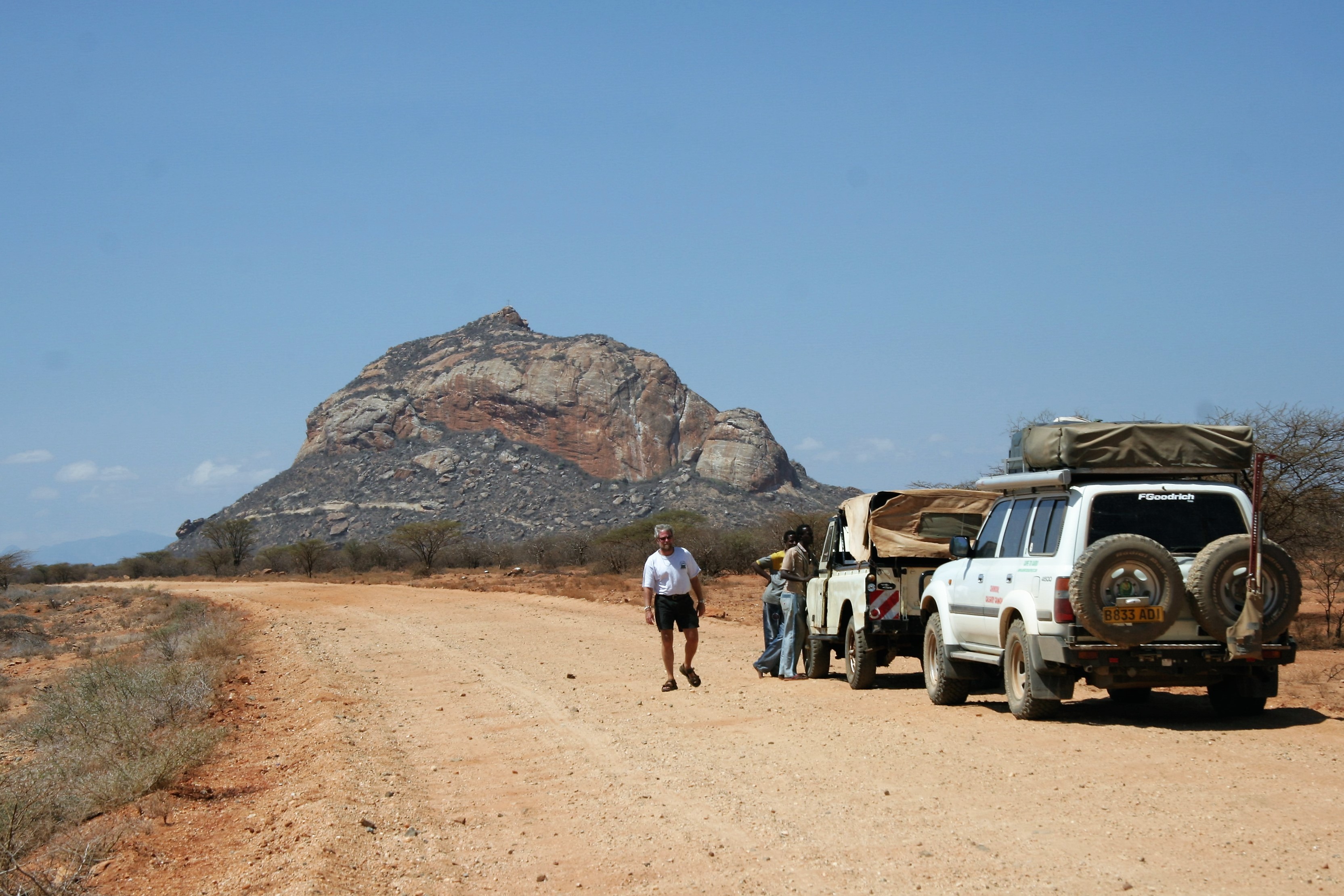
Adventurouspirits
The road was rough and the driving difficult so we decided to head for Marsabit about halfway where we camped overnight at the campsite called “Henry the Swiss”. It was owned by a Swiss missionary who had come to Marsabit 30 years prior, married a local had a family and was now one of the locals..
Enlarge
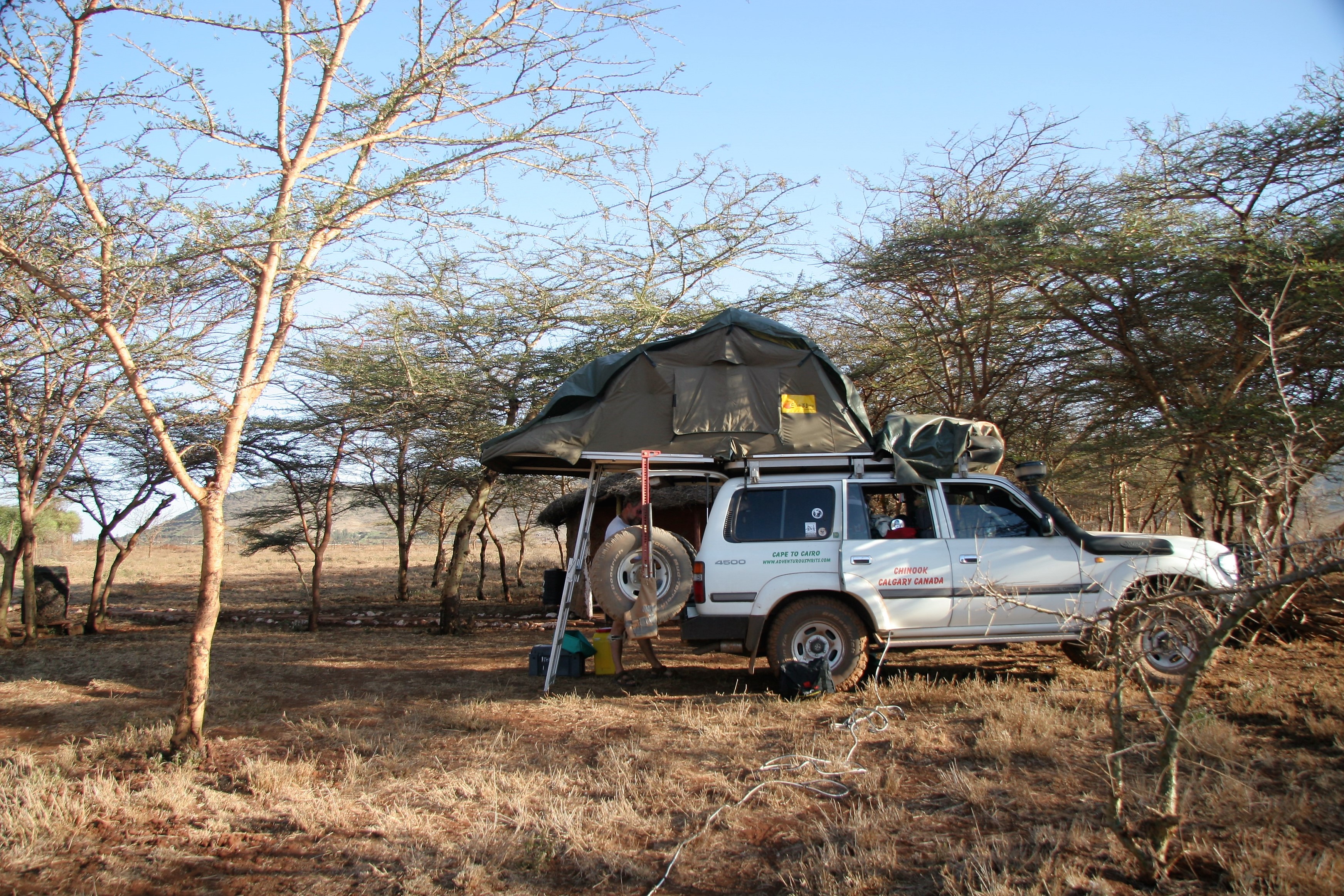
Adventurouspirits
After filling up in preparation for the next days driving and setting up camp for a restful nights rest and recovery Janet noticed we had a problem. Gasoline was leaking from our 150 litre auxiliary fuel tank. This had to be repaired before we could tackle the rest of the remote Isiola road. the following day we were fortunate to locate an accomplished and talented mechanic and his assistants in Marsabit who repaired the hole in our tank. We were very grateful for their assistance.
Enlarge

Adventurouspirits
Enlarge
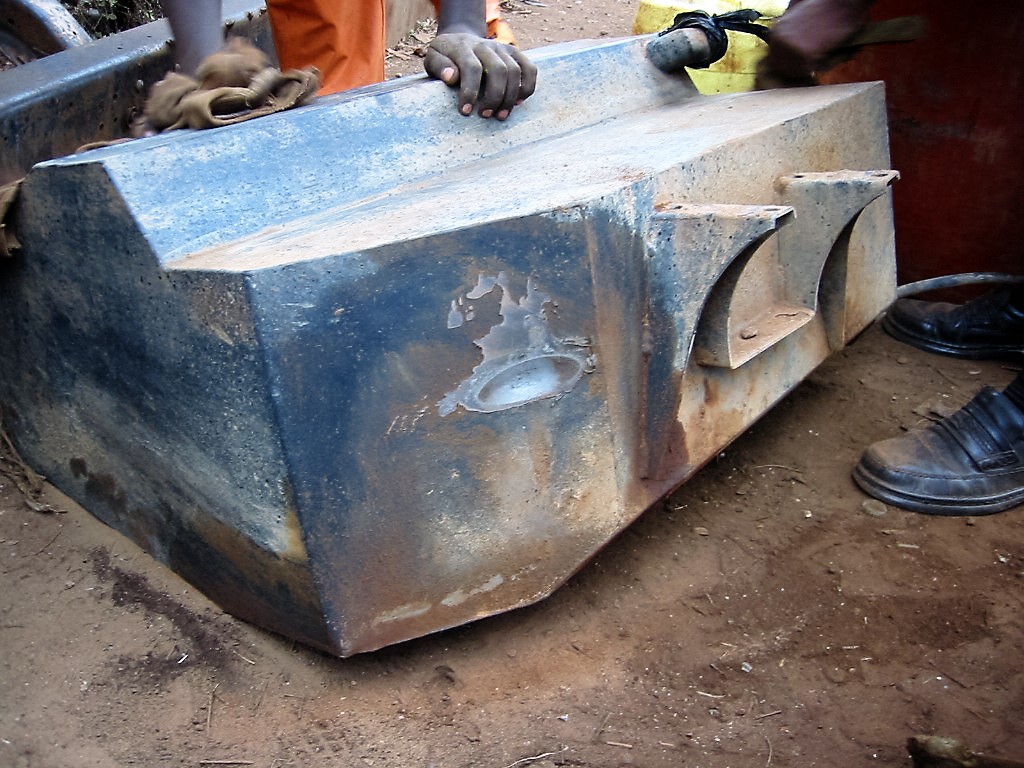
Adventurouspirits
Enlarge

Adventurouspirits
Enlarge
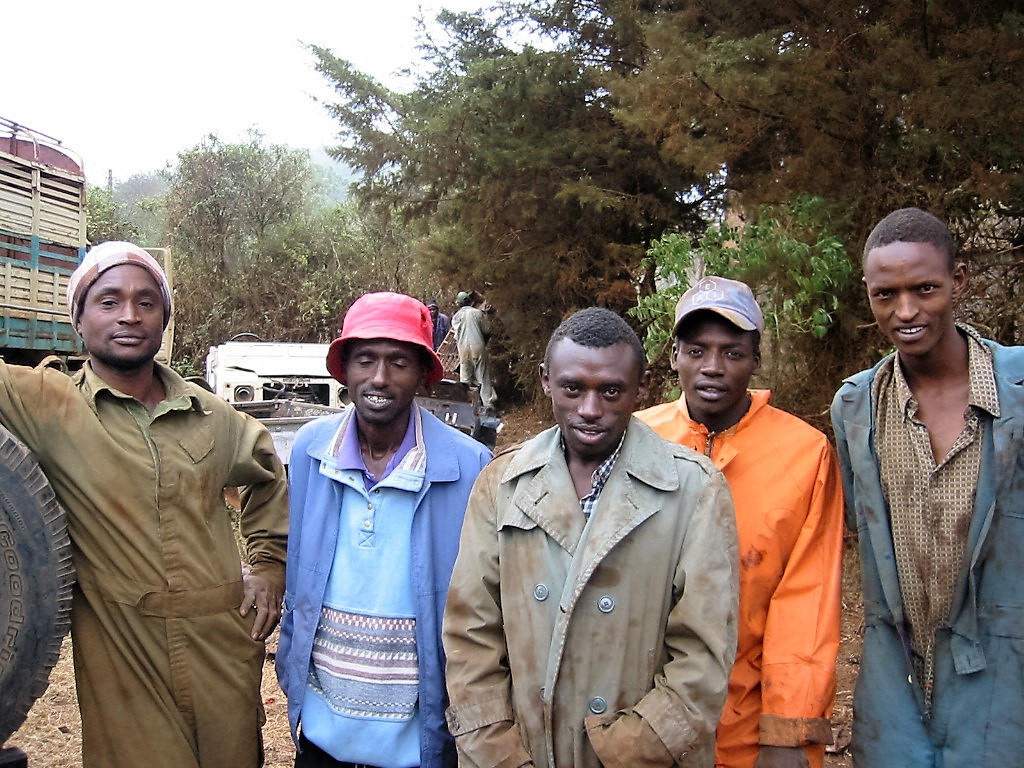
Adventurouspirits
Auto shops in Africa are places where kids come to visit and meet you along with other locals. Its a community event when someone new comes into to town.
Enlarge
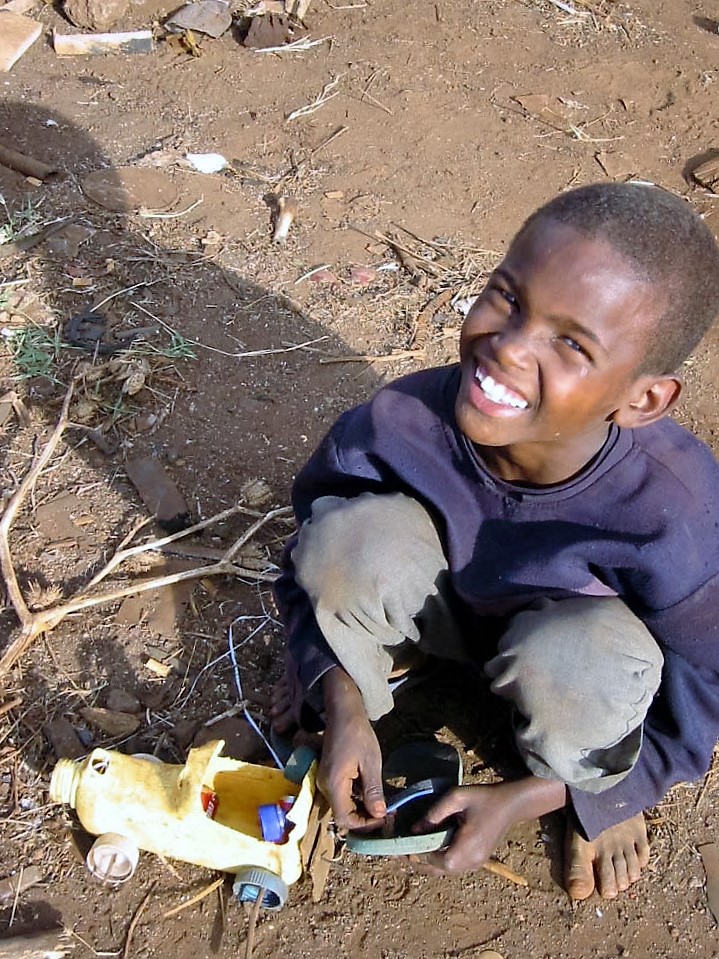
Adventurouspirits
One man came to show me the manuscript of a book he was writing. Breakdowns become opportunities to meet the locals.
Enlarge
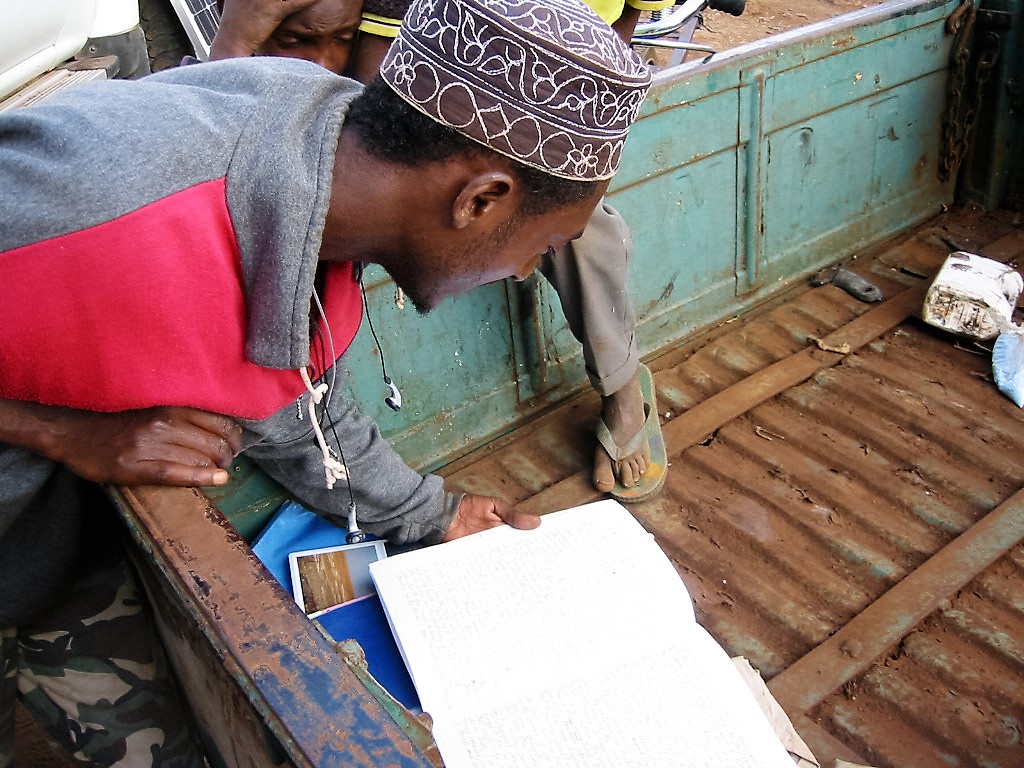
Adventurouspirits
The following day we were back on the road and after many dusty gruelling and bone shaking hours we reached the Kenya-Ethiopia border. We made it!
Enlarge
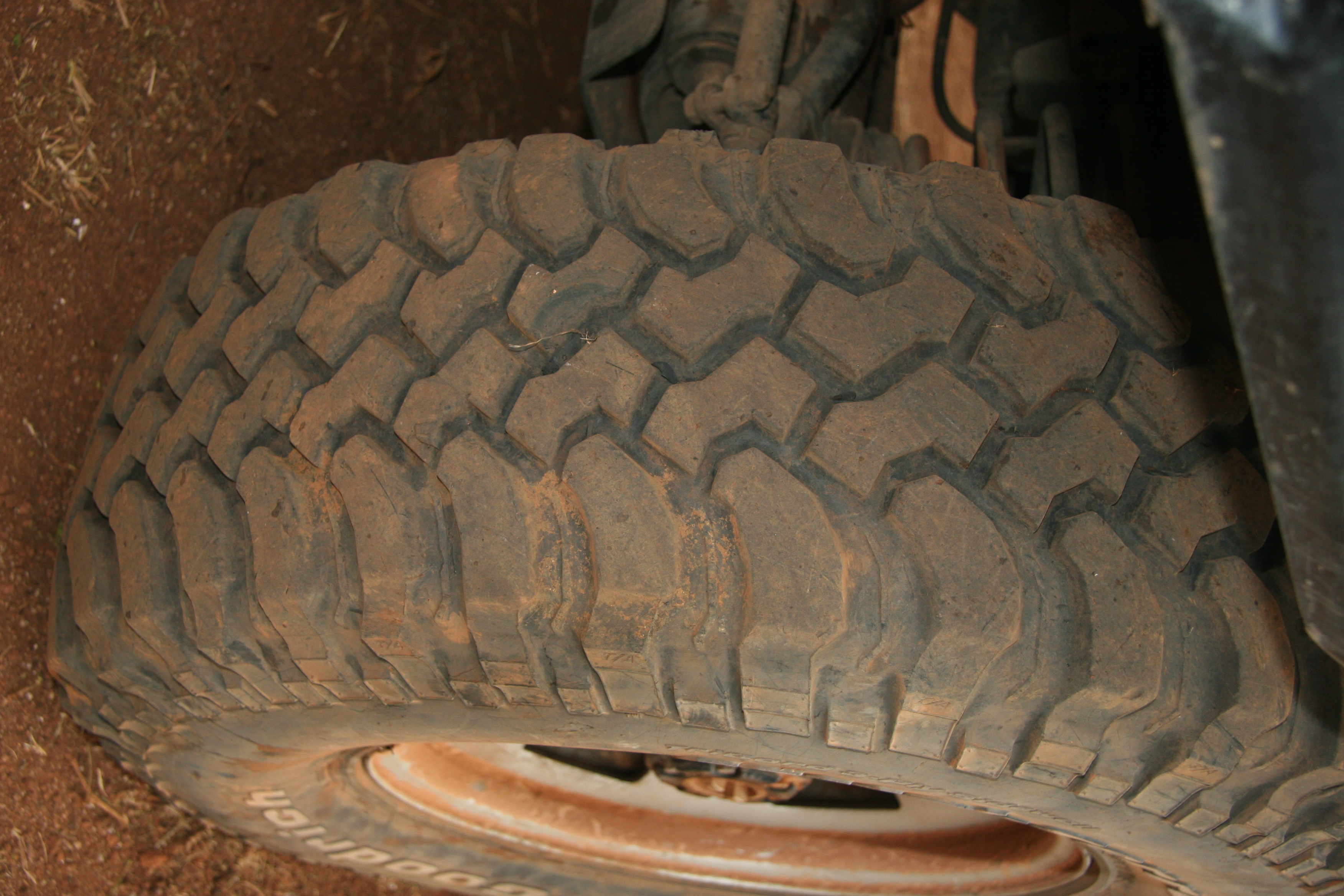
Adventurouspirits
Enlarge

Adventurouspirits
